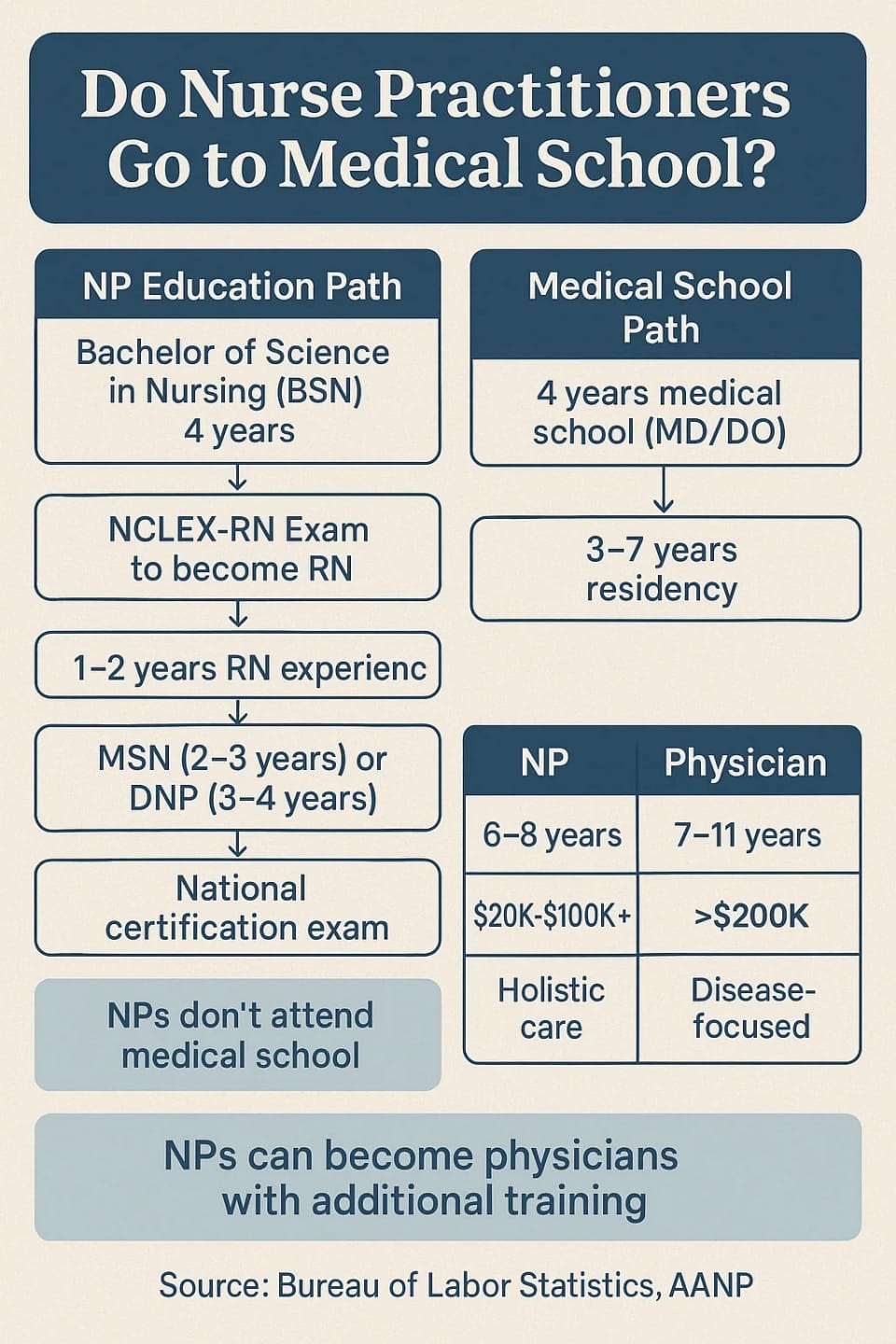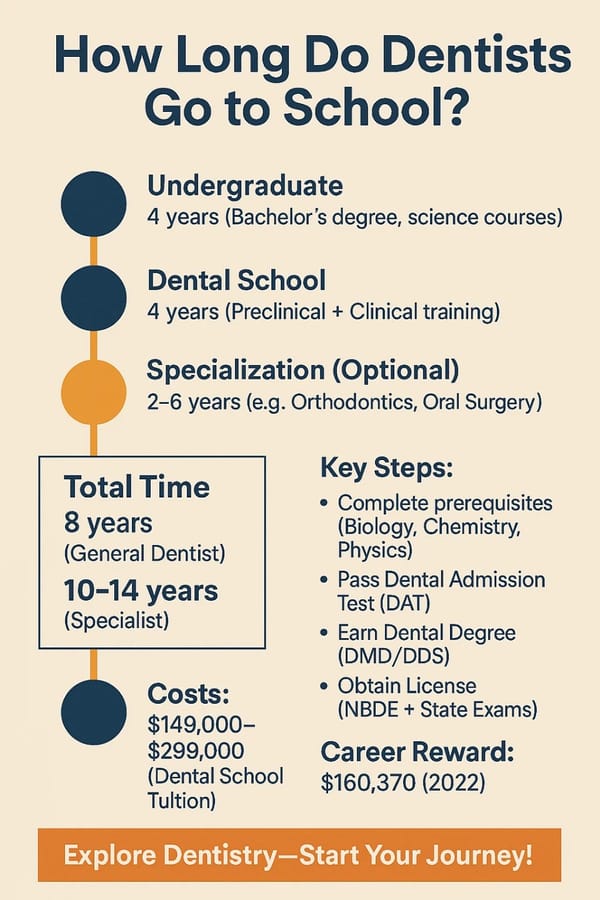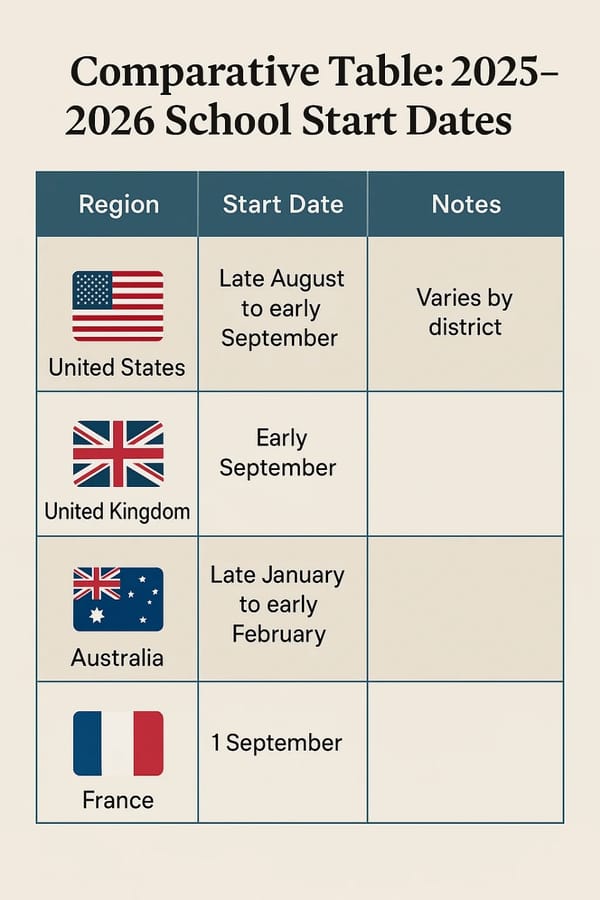Do Nurse Practitioners Go to Medical School? A Comprehensive Guide
You might have questions about the educational requirements for nurse practitioners and how their training matches up to physicians. The question “Do nurse practitioners go to medical school?” generates interest from both those who want to join the healthcare field and patients seeking to understand their care providers. Nurse practitioners hold essential positions in today's healthcare field, making it crucial to comprehend their educational path, including possible overlaps with medical school training. This article covers the topic in depth to provide clear guidance, expert opinions, and personal viewpoints to help students, career changers, and those who are just curious understand the details of becoming a nurse practitioner and making career choices in this field.
Introduction: Why the NP Path Matters
You find yourself at a crossroads where you must choose between pursuing a career as a nurse practitioner or becoming a physician. Job titles matter less than the time commitment and financial investment required, alongside the lifestyle implications when choosing between nurse practitioner and physician careers. Nurse practitioners frequently serve as primary care providers who patients first encounter during their medical visits. According to the Bureau of Labor Statistics, nurse practitioner positions will expand by 45% between 2022 and 2032, a faster growth rate than most other professions[1]. Does nurse practitioner training mirror medical school instruction, or does it represent a completely distinct educational path? This exploration examines how individuals become nurse practitioners, investigates the possibility of NPs transitioning into physician roles, and reveals why numerous professionals choose NP training instead of medical school.
What Is a Nurse Practitioner?
Defining the Role
An advanced practice registered nurse (APRN), known as a nurse practitioner, holds specialized education that extends beyond regular nursing education. NPs diagnose medical conditions, prescribe medication, and manage patient care in primary care settings, along with pediatrics and geriatric care. Nurse practitioners combine their clinical knowledge with a patient-focused approach that places importance on health promotion alongside disease prevention.
Scope of Practice
Nurse practitioners experience different work scopes depending on state regulations. In places like California, NPs enjoy full practice authority, permitting them to operate independently without requiring physician supervision. NPs in Texas must enter into a physician collaboration agreement, which restricts their ability to work independently. The degree of autonomy granted to nurse practitioners significantly influences their career choices.
Becoming a Nurse Practitioner: The Educational Path
Step-by-Step Journey
Unlike physicians, NPs don’t attend medical school. The nursing education pathway prepares students through advanced clinical and leadership skill-building courses. Here’s how it typically unfolds:
- Earn a Bachelor of Science in Nursing (BSN): The four-year program establishes foundational knowledge through courses focused on anatomy, pharmacology, and patient care.
- Pass the NCLEX-RN Exam: To become registered nurses (RNs), graduates need to successfully complete the National Council Licensure Examination.
- Gain Clinical Experience: The majority of NP programs require prospective students to have between one to two years of experience working as registered nurses to develop their practical skills.
- Pursue Graduate Education: NPs must complete either a Master’s of Science in Nursing (MSN) program, which takes 2-3 years, or a Doctor of Nursing Practice (DNP) program that spans 3-4 years. The DNP is becoming the standard, with many schools, as noted by the American Association of Colleges of Nursing, phasing out MSN programs[2].
- Obtain Certification: NPs need to successfully complete a national certification exam specific to their field, like family practice or acute care.
Time and Cost
The full process requires six to eight years to complete, which varies based on the selected program and whether part-time options are chosen. MSN students face tuition costs between $20,000 and $100,000, while DNP programs frequently surpass $100,000, according to the American Association of Colleges of Nursing. This training path remains both shorter and less expensive than medical school, which attracts students who want to begin their practice faster.
Do Nurse Practitioners Go to Medical School?
A Clear Distinction
The short answer? Nurse practitioners do not attend medical school. Medical school offers a four-year educational journey toward earning either an MD or DO degree, which physicians need to practice medicine. The program places substantial emphasis on biological sciences and explores both disease mechanisms and specialized treatments. NP educational programs focus on advanced nursing practice and holistic care through MSN or DNP programs, with an emphasis on patient advocacy.
Key Differences
- Medical school covers advanced pathophysiology and complex interventions, while NP programs emphasize prevention and patient relationship-building.
- After completing undergraduate education, physicians undergo 7-11 years of training, which includes 4 years of medical school and 3-7 years of residency, while NPs complete their education within 6-8 years.
- Medical doctors perform complex procedures and subspecialty practices, whereas nurse practitioners deliver primary or specialized care within state guidelines.
Nurse practitioners operate as skilled nurses who employ a distinct healthcare methodology instead of functioning as miniature physicians. Anyone considering career possibilities must understand this distinction.
Can Nurse Practitioners Become Physicians?
The Path to MD or DO
Nurse practitioners have the opportunity to become physicians through further educational advancement. The process is demanding but feasible:
- Complete Premedical Requirements: Nurse practitioners might have to enroll in or repeat classes such as organic chemistry or physics while also studying for the Medical College Admission Test (MCAT).
- Apply to Medical School: Prospective medical students from traditional backgrounds and nurse practitioners seeking further education follow the same application guidelines, which include submitting transcripts, recommendation letters, and personal essays. Some explore accelerated programs, such as those at the University of Science, Arts and Technology in Montserrat, which provide part-time medical school options that span 5-6 years through online courses and clinical rotations[3].
- Complete Medical School: A four-year program consists of two years of classroom instruction followed by two years of clinical rotations, requiring students to start from the beginning even if they have completed NP training.
- Residency and Beyond: To begin practicing in the U.S., graduates must finish a residency that lasts between 3 to 7 years, but international graduates additionally need ECFMG certification.
Challenges and Realities
The transition is no small feat. Medical school fees frequently surpass $200,000, while securing residency placements remains highly competitive, especially for those who graduated internationally. The transition faces another timing obstacle because NPs have to dedicate 7-11 years to further training before moving into new career roles. Yet, personal stories inspire. Matt, featured on Medical School HQ, began his career as an NP for job security but later enrolled in medical school to increase his medical knowledge[4]. After leaving the premed track to become an NP, Hanaan pursued her dream of becoming a physician, according to her story on Medical School HQ[5]. These stories reveal both determination and passion while demonstrating the significant challenges faced.
NP vs. Physician: A Side-by-Side Comparison
The following concise comparison reveals the educational differences between the two career paths:
| Aspect | Nurse Practitioner | Physician (MD/DO) |
|---|---|---|
| Training Time | 6-8 years (BSN + MSN/DNP) | 7-11 years (4 years medical school + 3-7 years residency) |
| Degree | MSN or DNP | MD or DO |
| Cost | $20,000-$100,000+ | Often >$200,000 |
| Curriculum Focus | Holistic care, patient advocacy | Disease processes, specialized treatments |
| Work During Training | Can work as RN during graduate studies | Limited work during medical school/residency |
| Scope of Practice | Primary/specialized care, varies by state | Broad, including surgery and subspecialties |
The table illustrates how many people opt for the NP path because it requires less time, costs less money, and maintains a patient-centered care approach.
Why Choose NP Over Medical School?
Practical Advantages
NPs find their career path attractive due to the combination of professional satisfaction and lifestyle benefits:
- NPs begin their practice between 6-8 years after starting their education, while physicians require 7-11 years before they can work independently, which suits individuals who want to quickly impact patient care.
- NP programs cost less than medical school, which leads to reduced student debt.
- NPs typically have flexible work schedules in outpatient environments, which stands in stark contrast to physicians who face exhausting residency hours.
- Nurse practitioners in California have the authority to practice autonomously, which provides professional independence (AANP State Practice Environment).
- The nursing profession’s core focus on patient relationships appeals to individuals who prioritize care based on empathy.
Personal Insights
Take Matt’s story: he selected NP work for its stability and flexibility, yet eventually developed an interest in medicine because of its depth (Medical School HQ). Although Hanaan cherished the independence of being an NP, she decided to attend medical school to achieve her lifelong ambition (Medical School HQ). For many, the NP role fulfills their passion for patient care, offering a balanced life with meaningful impact. Others, like Matt and Hanaan, find their goals evolve, pushing them toward the physician path. These journeys show the NP role’s appeal—quick entry, autonomy, and patient focus—while highlighting that career aspirations can shift over time, leading some to embrace the challenge of medical school.
Conclusion: Choosing Your Healthcare Path
Nurse practitioners typically do not pursue medical school education because their professional training follows a nursing-specific trajectory. This unique path enables NPs to provide outstanding care more quickly than medical doctors, often with greater flexibility and lower costs. For nurse practitioners who wish to become physicians, medical school is an option, but it demands extensive time, financial commitment, and perseverance. The choice boils down to your goals: rapid access and autonomy as an NP, or the extended, comprehensive journey to become a physician. Both careers transform lives, each through distinct approaches. Which path feels right for you? Start by exploring programs, shadowing NPs or doctors, or connecting with professionals to discover your ideal role—your healthcare journey begins with that first step.
Bureau of Labor Statistics, U.S. Department of Labor, Occupational Outlook Handbook, Nurse Anesthetists, Nurse Midwives, and Nurse Practitioners. ↩︎
American Association of Colleges of Nursing, DNP Fact Sheet. ↩︎
University of Science, Arts and Technology Monserrat, Medicine Program. ↩︎
Medical School HQ, This Nurse Practitioner is on His Way to Medical School. ↩︎
Medical School HQ, From Premed to Nurse Practitioner to Medical School. ↩︎






